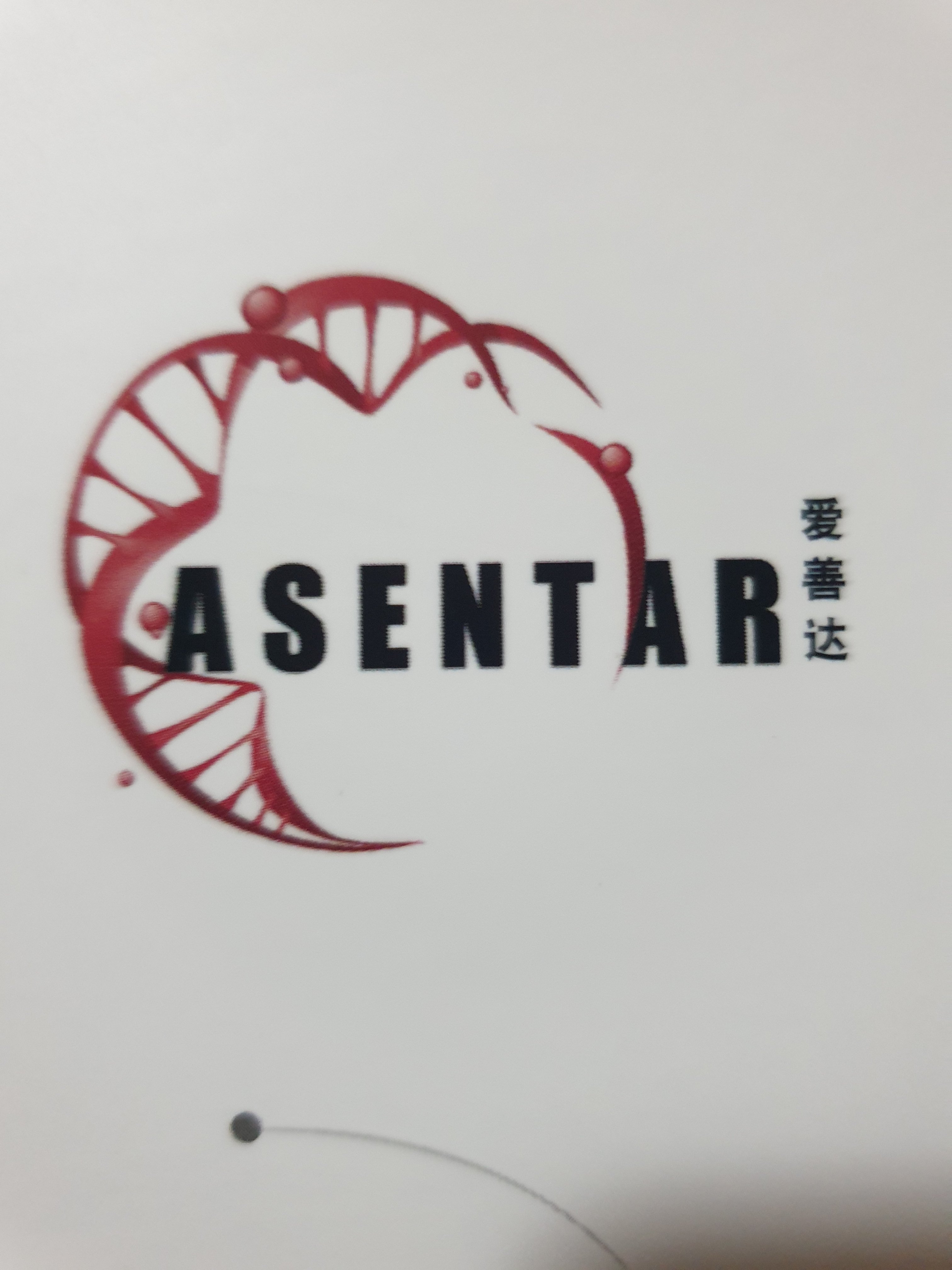
Asentar
暂无个人介绍
IP属地:未知
7关注
1粉丝
0主题
0勋章
thank you 谢谢分享
Wall Street closes up amid inflation concerns, debt ceiling debate
Good report
抱歉,原内容已删除
wow
抱歉,原内容已删除
love it
3 Stocks Wall Street Thinks Will Soar 44% to 122% That You'll Want to Check Out
How about Evergrande ? Shall we buy now ?
3 Growth Stocks That Look Absurdly Overvalued but Really Aren't
hope tiger sets up office in Singapore to teach us investment
抱歉,原内容已删除
thanks
抱歉,原内容已删除
thanks for sharing
抱歉,原内容已删除
Thanks for sharing
抱歉,原内容已删除
Thanks for sharing
Is IBM Stock Undervalued Or Overvalued? What To Consider
wow congratulations
Xiaomi shares surged 5% in Hong Kong
Great information
3 Top Stocks to Buy Without Hesitation If There's an October Stock Market Crash
Thanks for sharing
Will Netflix Be a Trillion-Dollar Stock by 2030?
great
抱歉,原内容已删除
Great
抱歉,原内容已删除
Chinese Newspaper published its only $1.84 Why its $1.88 on Tiger App
Mapletree Logistics Trust :Announces 212.8 Million New Units To Be Issued Today At An Issue Price Of S$1.
去老虎APP查看更多动态